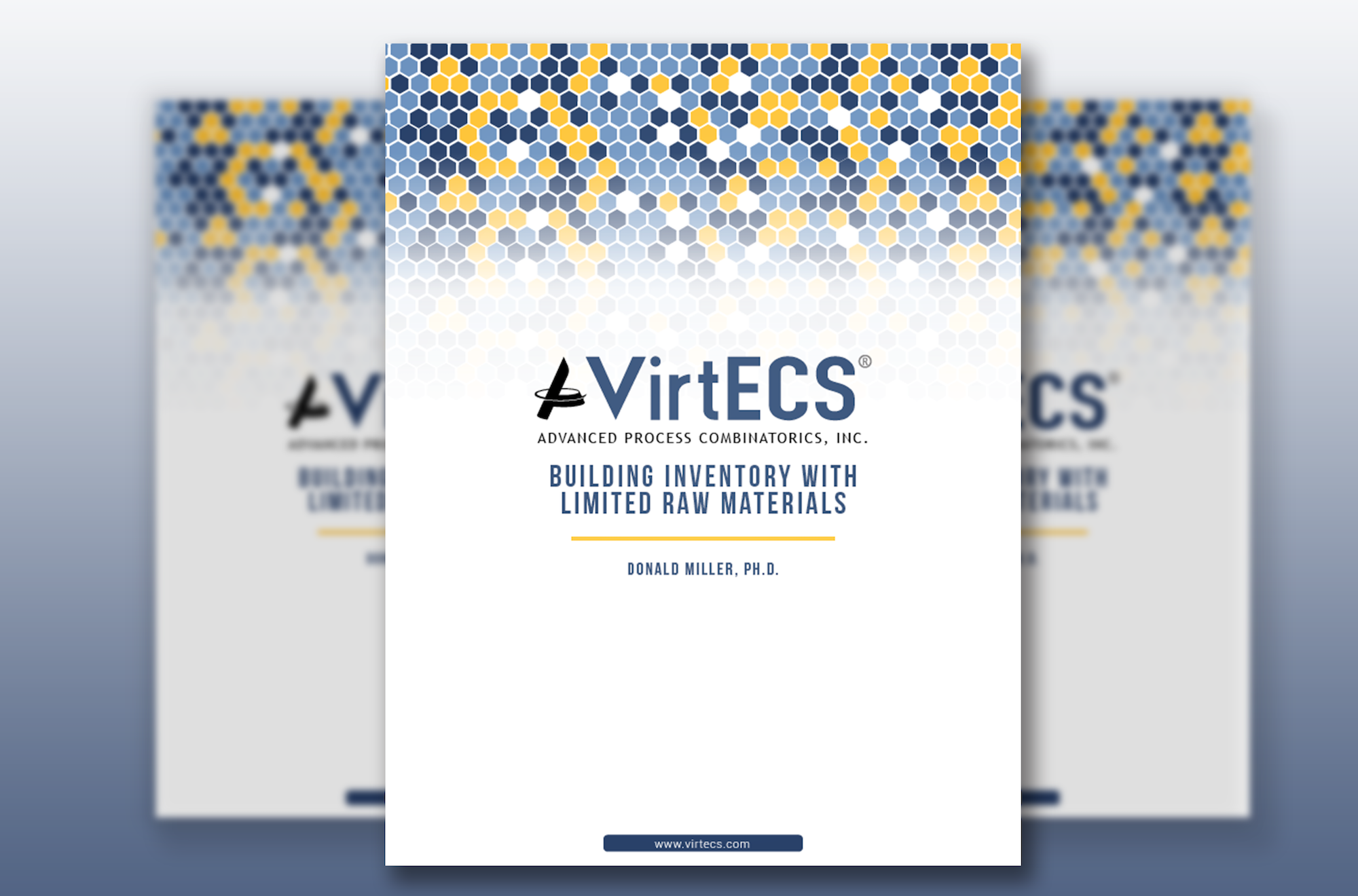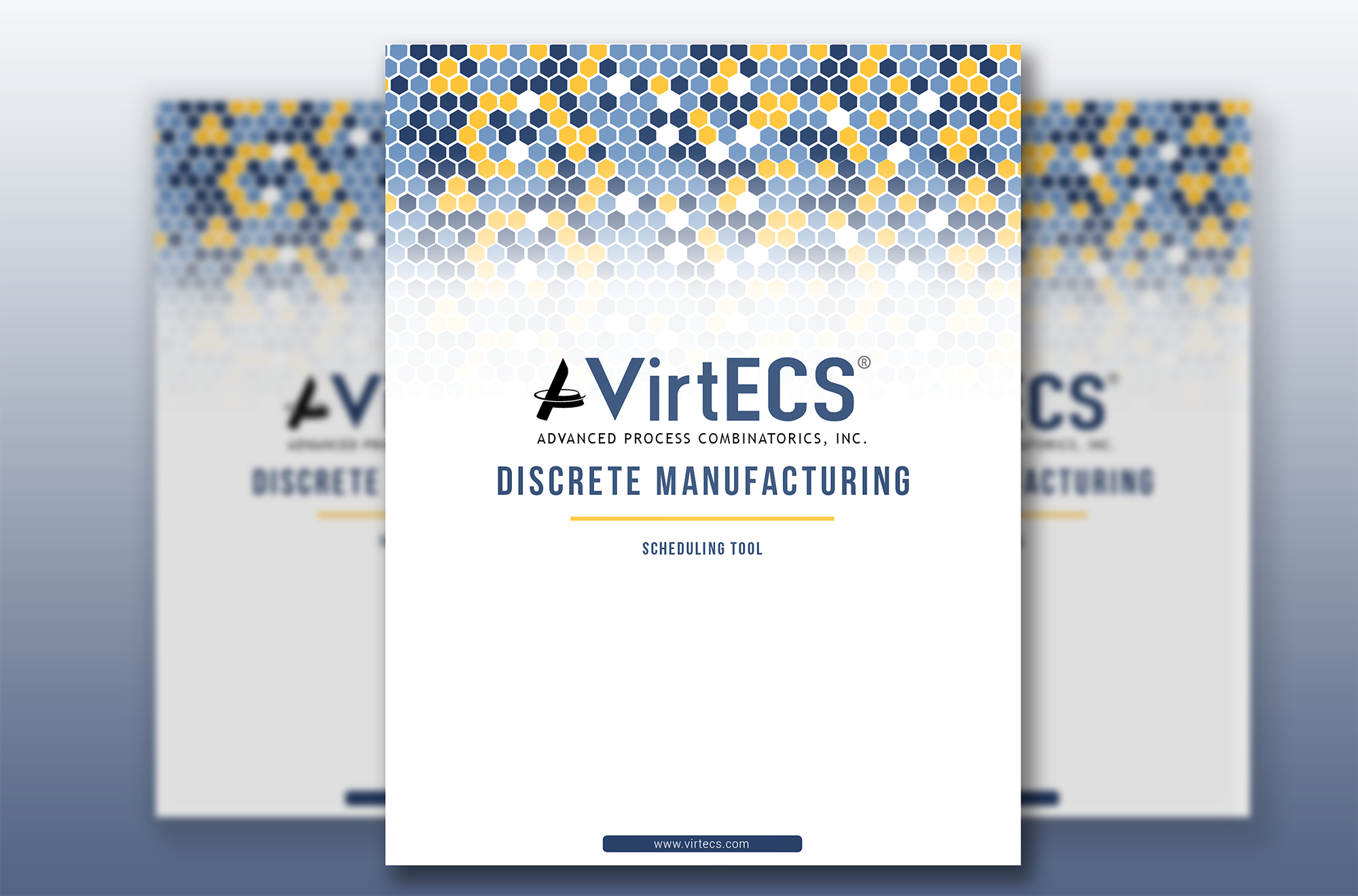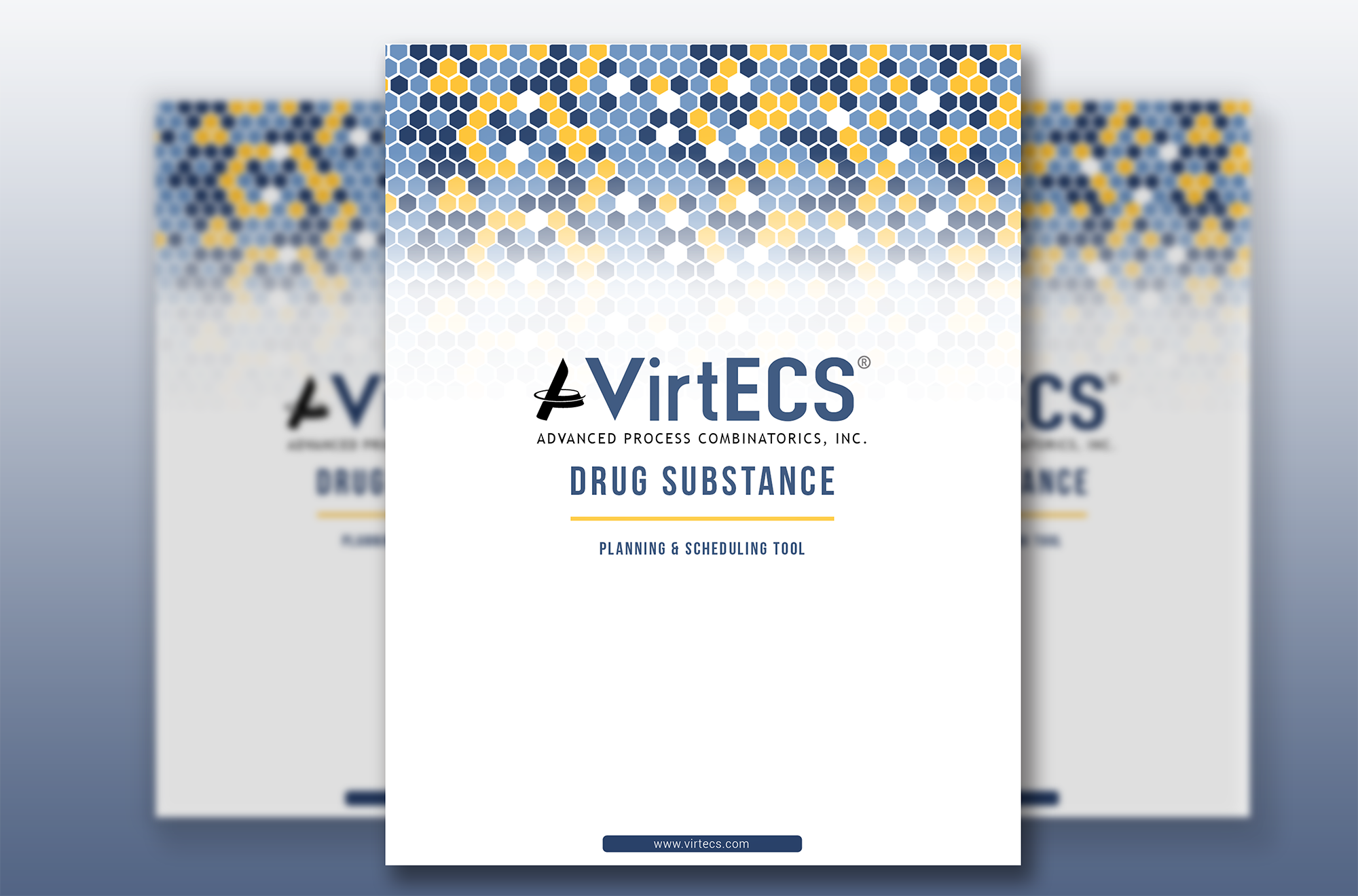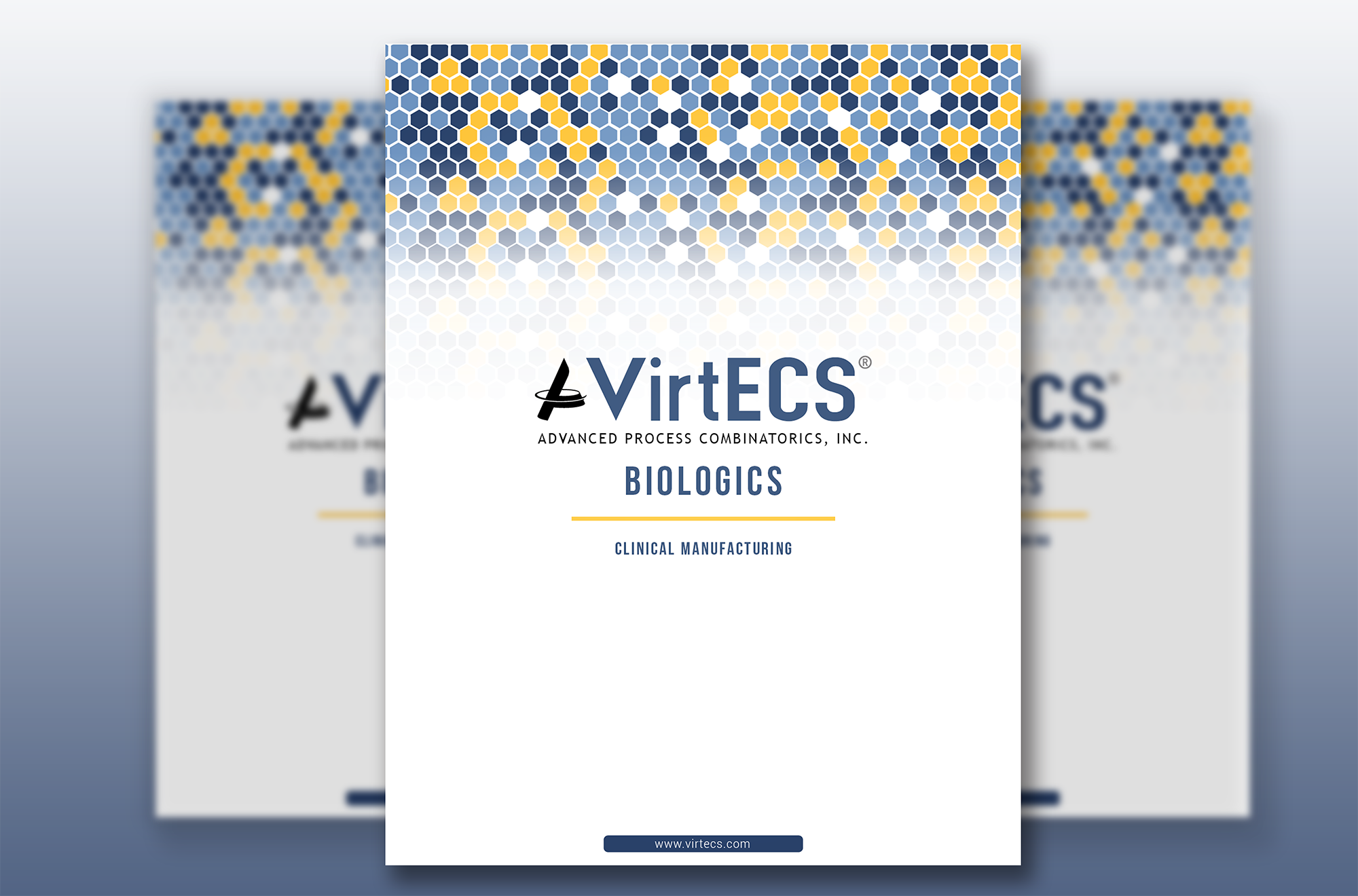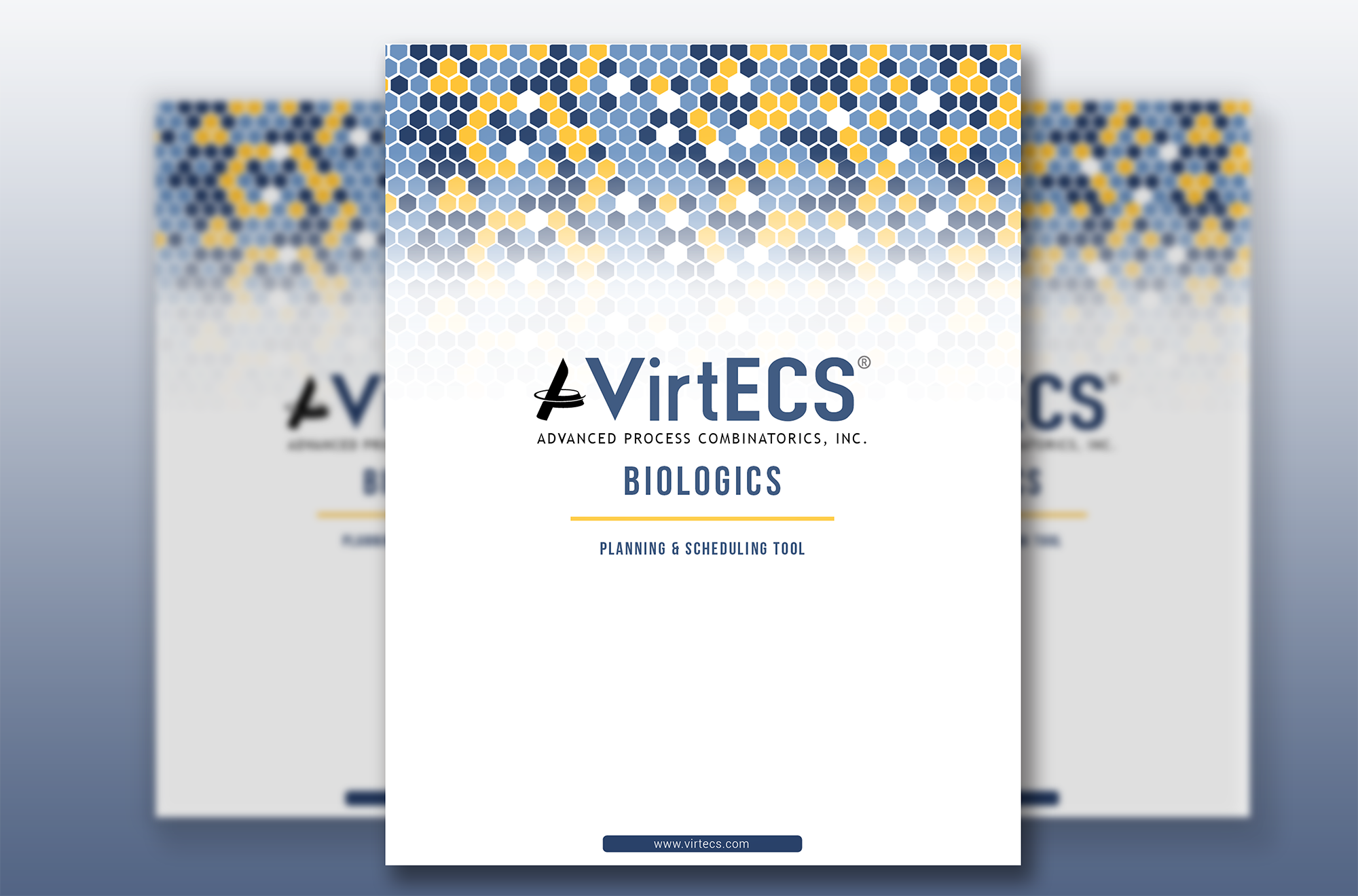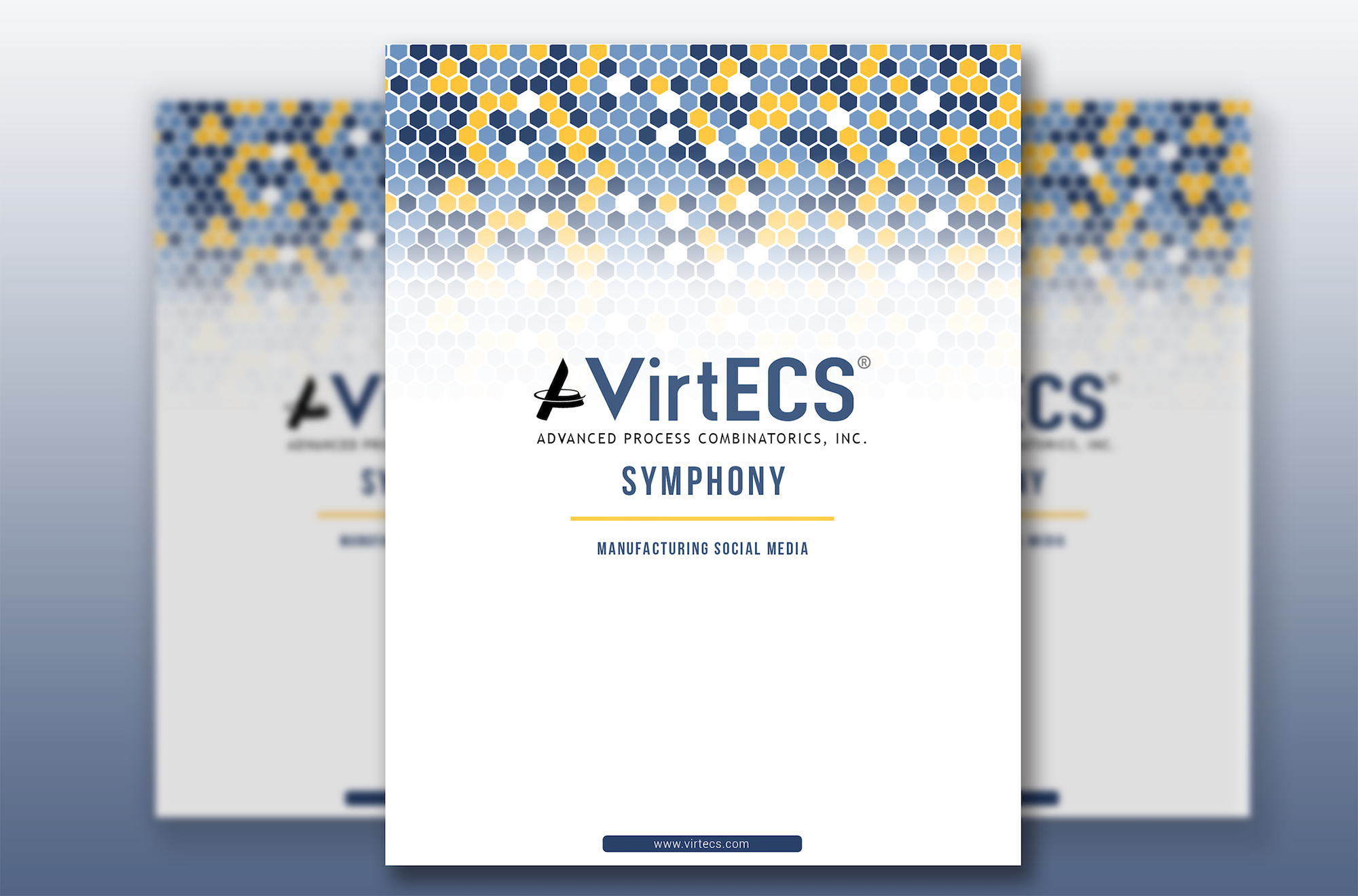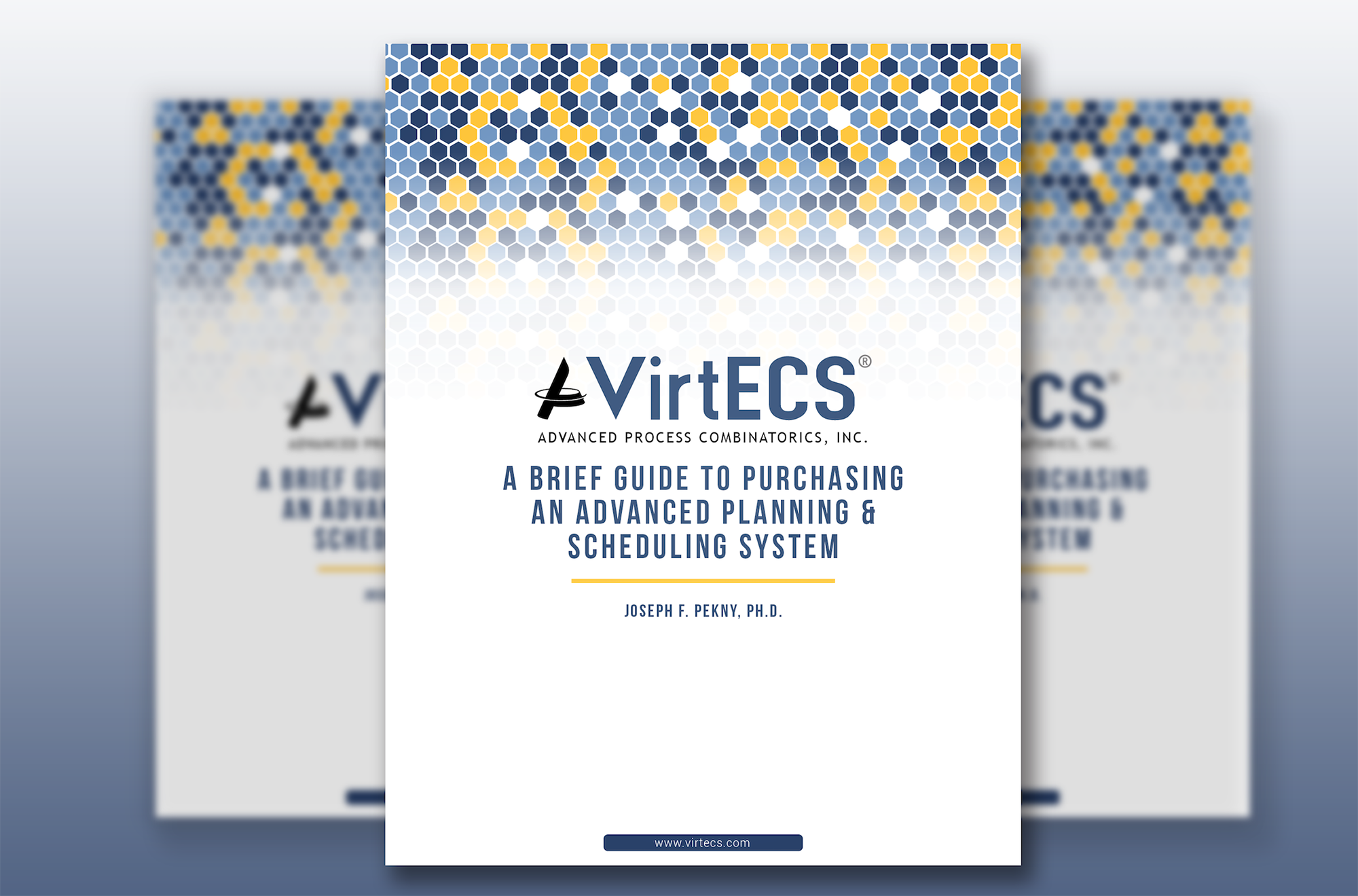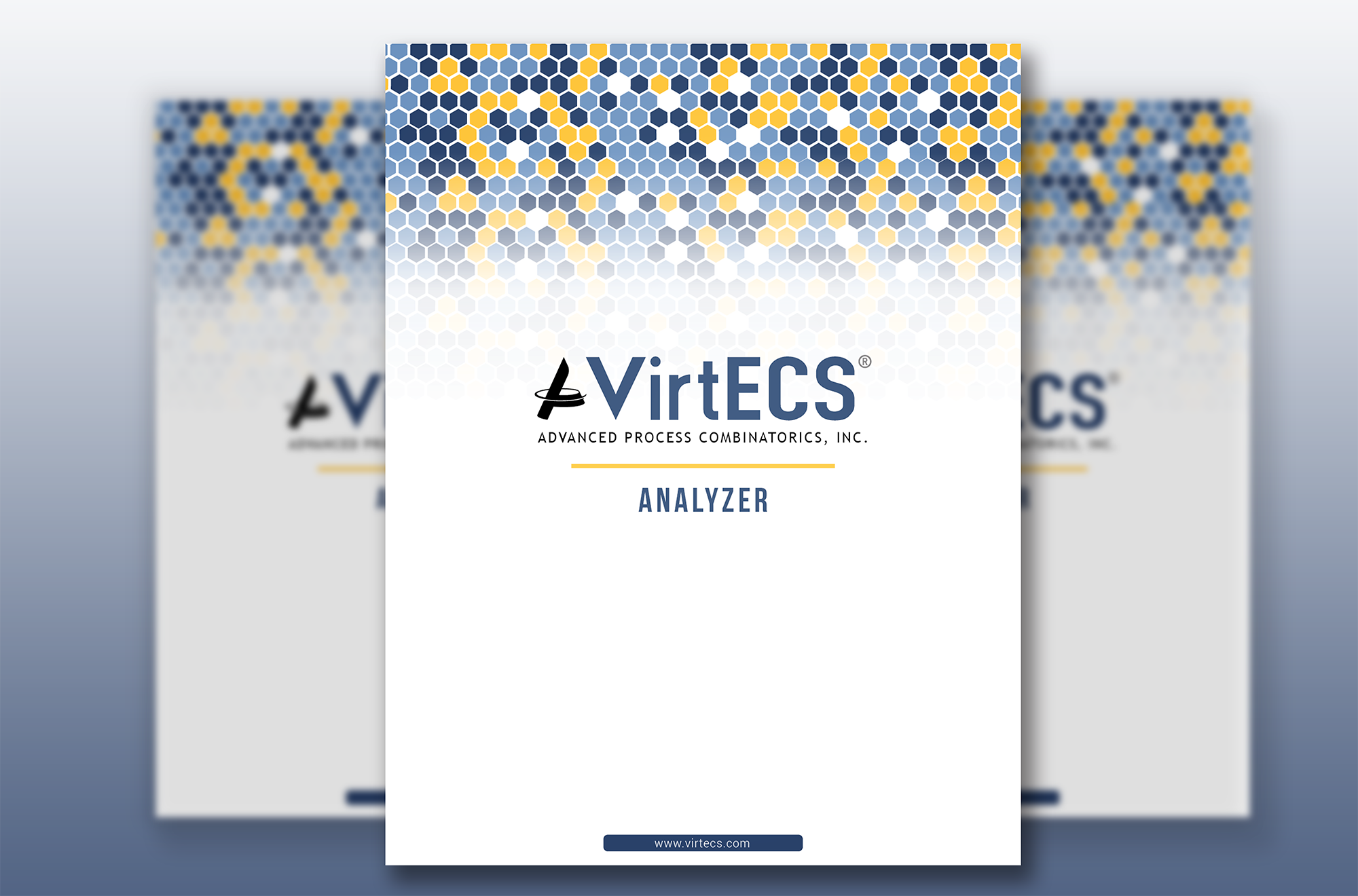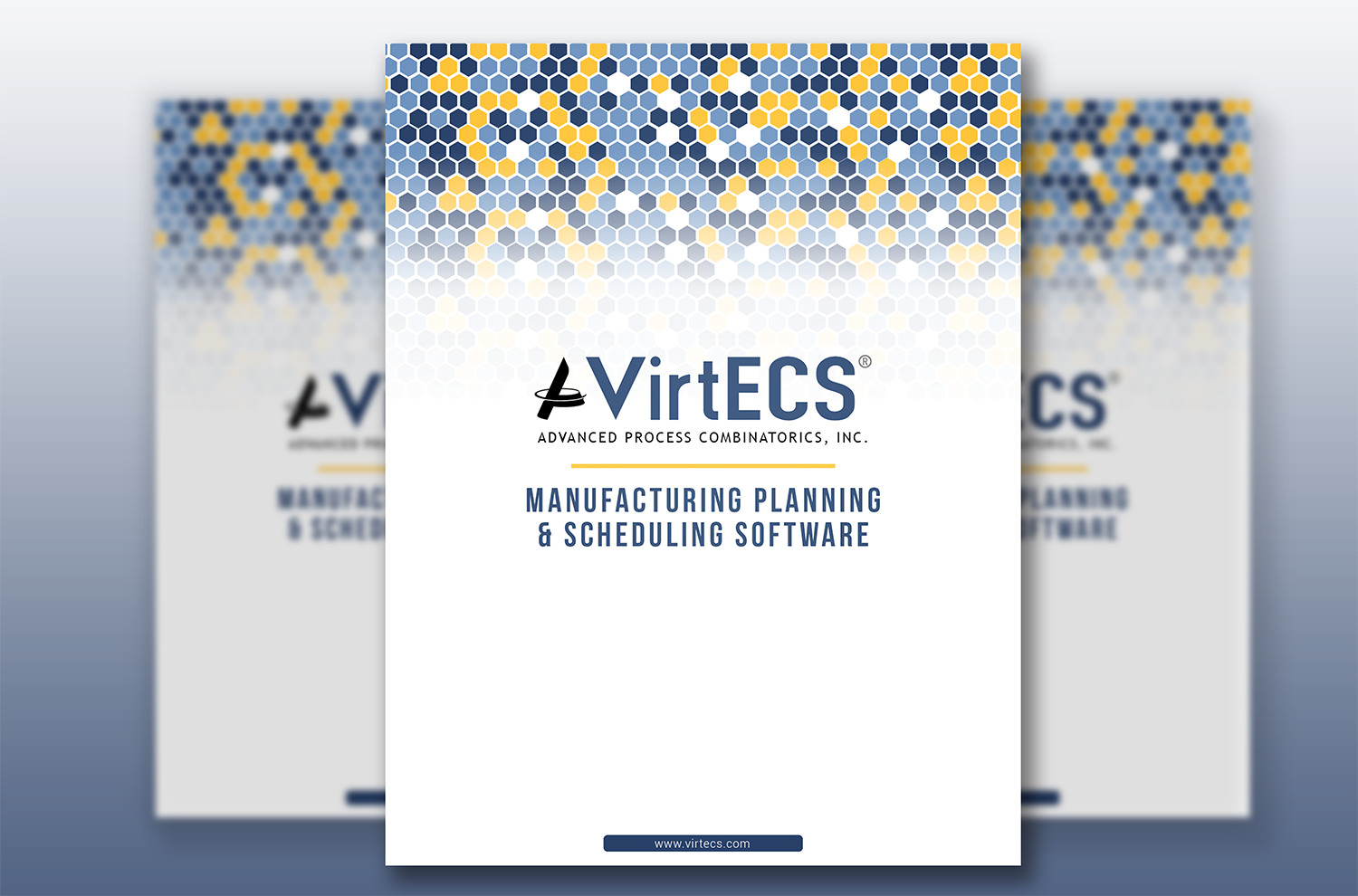Those who work in manufacturing know that getting a product from the beginning to the end of production is an incredibly complex and time-consuming procedure. The whole process is made more complicated by factors such as equipment designs, industry regulations, and employee schedules.
However, your plant’s constraints don’t have to be limitations on production. Instead, view them as pieces to the puzzle of your production schedule. While every business is unique, there are a few common constraints we help our clients solve. Keep reading to discover the issues caused by each of these constraints and how we recommend solving for them.
Purchase Material Availability
At your manufacturing plant, I’m sure you can identify a few crucial raw products that are essential to production. When there are inevitable disruptions to the supply chain, or if your inventory storage capacity is limited, you might find yourself short on these necessary materials. Delaying the start of a production run does not bode well for on-time deliveries, and ultimately, customer satisfaction.
In order to stay on top of supply chain delays and keep accurate material records, consider using inventory management software. This tool provides a platform for employees to update inventory records and track the current supply and demand of different materials in one place. Pairing this software with regular inventory inspections can help your organization better plan around potential shortages or delays. You can sidestep avoidable surprises, errors and wasted time.
Cleaning Between Tasks
Regular machine maintenance is crucial to help prevent sudden breakdowns and costly downtime at your facility. A number of industries, particularly those that work with pharmaceuticals or medical equipment, also require a strict cleaning regimen between production runs. If these regulations are not performed at optimal times, the cleaning can cause delays and eat up valuable production time. It may be easy to chalk these delays up as unavoidable, but the truth is, cleaning can be organized into your production plan with little to no disruption.
If you want to limit the cleaning process’s interference with regular manufacturing activities, we recommend scheduling maintenance as you would any other production process. This will give you time to analyze your production schedule and find opportunities to fit in maintenance without limiting the rest of production.
Specialized Labor
Throughout the production process, there will be certain tasks and responsibilities that only employees with specific training or experience can complete. Meanwhile, you may also have processes that run most efficiently when multiple employees are working on it at the same time. If your schedule does not account for these specifications, you risk developing a bottleneck and extending run times.
One potential solution is the implementation of a resource allocation tool. This kind of software can help quickly identify a number of workable schedule options that specify the optimal distribution of employees across the plant floor. Resource allocation software can also help determine if potential investments in labor, such as hiring additional employees, will generate a positive return. With this scheduling data, you’ll know that your plant floor is as well distributed as possible.
Equipment Allocation
Combatting extended periods of downtime between processes is an ongoing challenge on the plant floor. Even if things seem to be running smoothly on the surface, there may be hidden bottlenecks that are hindering your production efficiency. These constraints are driving up costs and decreasing your plant’s overall possible output.
In order to improve your plant’s run rate, you must identify all possible bottlenecks and potential efficiency improvements in your system. The easiest way to do this is with scheduling software, which can analyze your entire process to find the points of congestion. These features can help you decrease downtime and find unique production scheduling solutions to problems you may not have known you had.
VirtECS is an advanced planning and scheduling tool that has been designed to specifically solve these kinds of manufacturing constraints, along with many others. VirtECS is able to fully enforce all cross-area constraints and combine with other necessary tools to fully customize the handling of product-to-product timing and changeovers. As a result, VirtECS produces only feasible and executable production schedules that fit your plant’s specific needs. If you’re interested in learning more about how VirtECS can increase efficiency at your plant, download our guide here.

